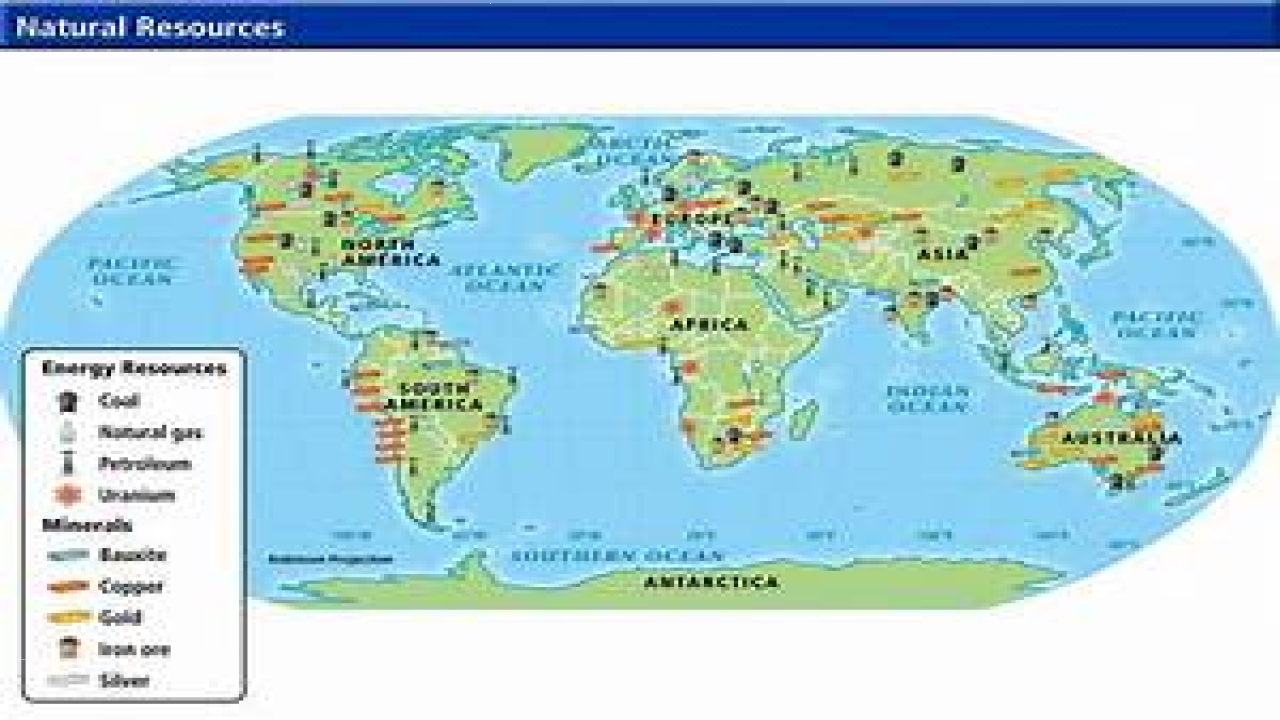World Resources and Their Distribution
World resources refer to the natural resources that are available on Earth, including minerals, fossil fuels, water, and land. The distribution of these resources varies widely across the globe, and their availability can have a significant impact on economic development, environmental sustainability, and social welfare.
Meaning and History of World Resources and Their Distribution
World resources are the natural resources that are available on Earth, including minerals, fossil fuels, water, and land. The distribution of these resources is shaped by a range of factors, including geology, climate, and human activity.
Throughout history, the distribution of resources has been a key factor in shaping the development of societies and economies. The discovery and exploitation of new resources have led to economic growth and the expansion of empires, while the depletion of resources has led to economic decline and social unrest.
Types of World Resources and Their Distribution
- Fossil Fuels: Fossil fuels, including coal, oil, and natural gas, are distributed unevenly around the world. Countries such as Saudi Arabia, Russia, and the United States are major producers of fossil fuels, while many developing countries are heavily dependent on imported fuels.
- Minerals: Minerals, including precious metals, ores, and industrial minerals, are also distributed unevenly around the world. Countries such as Australia, Canada, and Chile are major producers of minerals, while many developing countries are rich in mineral resources but lack the infrastructure and technology to exploit them.
- Water: Access to freshwater is a critical resource that is distributed unevenly around the world. Many countries in the developing world suffer from water scarcity, while countries such as Canada and Russia have abundant freshwater resources.
Examples of World Resources and Their Distribution
- The Middle East: The Middle East is home to some of the world’s largest oil and gas reserves, including in countries such as Saudi Arabia, Iran, and Iraq.
- Africa: Africa is rich in mineral resources, including gold, diamonds, and copper. However, many African countries suffer from the “resource curse,” where the exploitation of natural resources has led to economic decline and social unrest.
Issues in World Resources and Their Distribution
- Resource Depletion: The depletion of natural resources, including fossil fuels and minerals, is a significant issue that can have long-term economic and environmental consequences.
- Uneven Distribution: The uneven distribution of natural resources can lead to economic disparities and geopolitical tensions between countries.
- Environmental Impacts: The extraction and use of natural resources can have significant environmental impacts, including pollution, deforestation, and climate change.
Strategies for Effective Understanding of World Resources and Their Distribution
- Sustainable Resource Management: Sustainable resource management is essential for ensuring that natural resources are used in a way that is environmentally sustainable and socially equitable.
- International Cooperation: International cooperation is essential for addressing the challenges and opportunities presented by the global distribution of natural resources, including issues related to energy security, water scarcity, and environmental sustainability.
- Technology and Innovation: Technology and innovation can play a key role in promoting more sustainable and efficient use of natural resources, including the development of renewable energy sources and new technologies for resource extraction and processing.


